How Good is Ultrasound at Diagnosing PTA?
RebelEM
APRIL 17, 2023
Background: The increased utility and accessibility of point-of-care ultrasound (POCUS) has allowed clinicians the freedom to rethink their diagnostic approach for many common diseases, including peritonsillar abscess (PTA). Test characteristics of ultrasound for the diagnosis of peritonsillar abscess: A systematic review and meta-analysis.










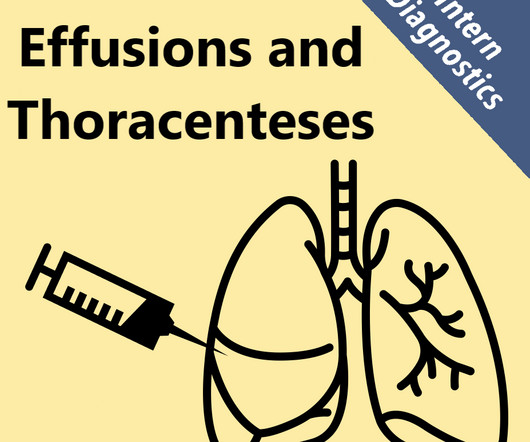


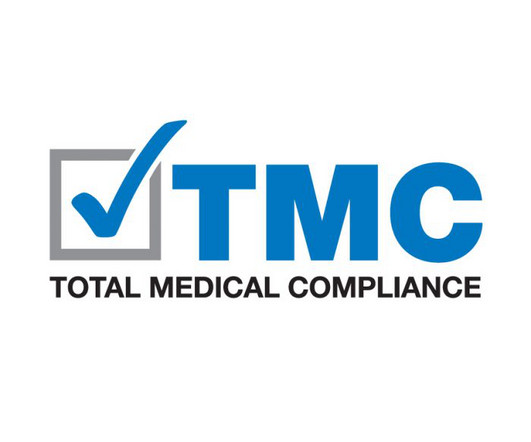

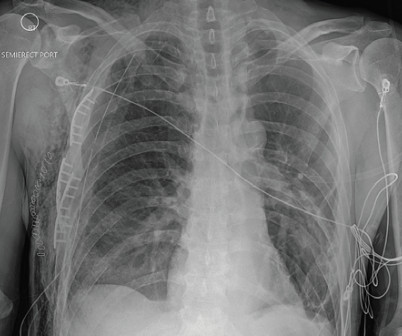


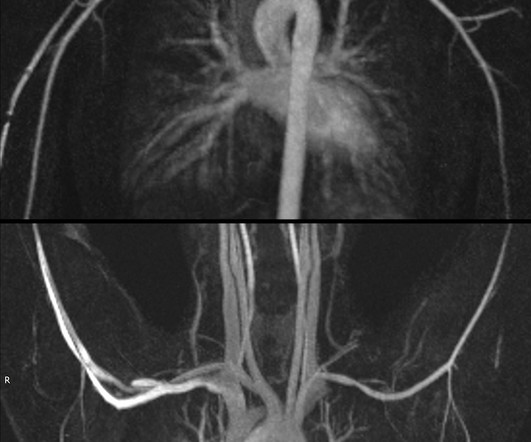













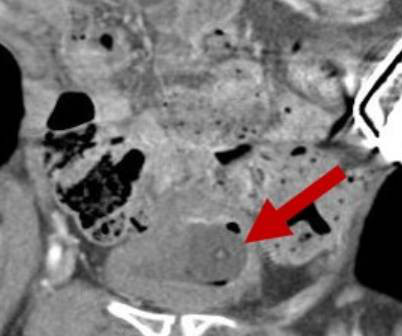







Let's personalize your content